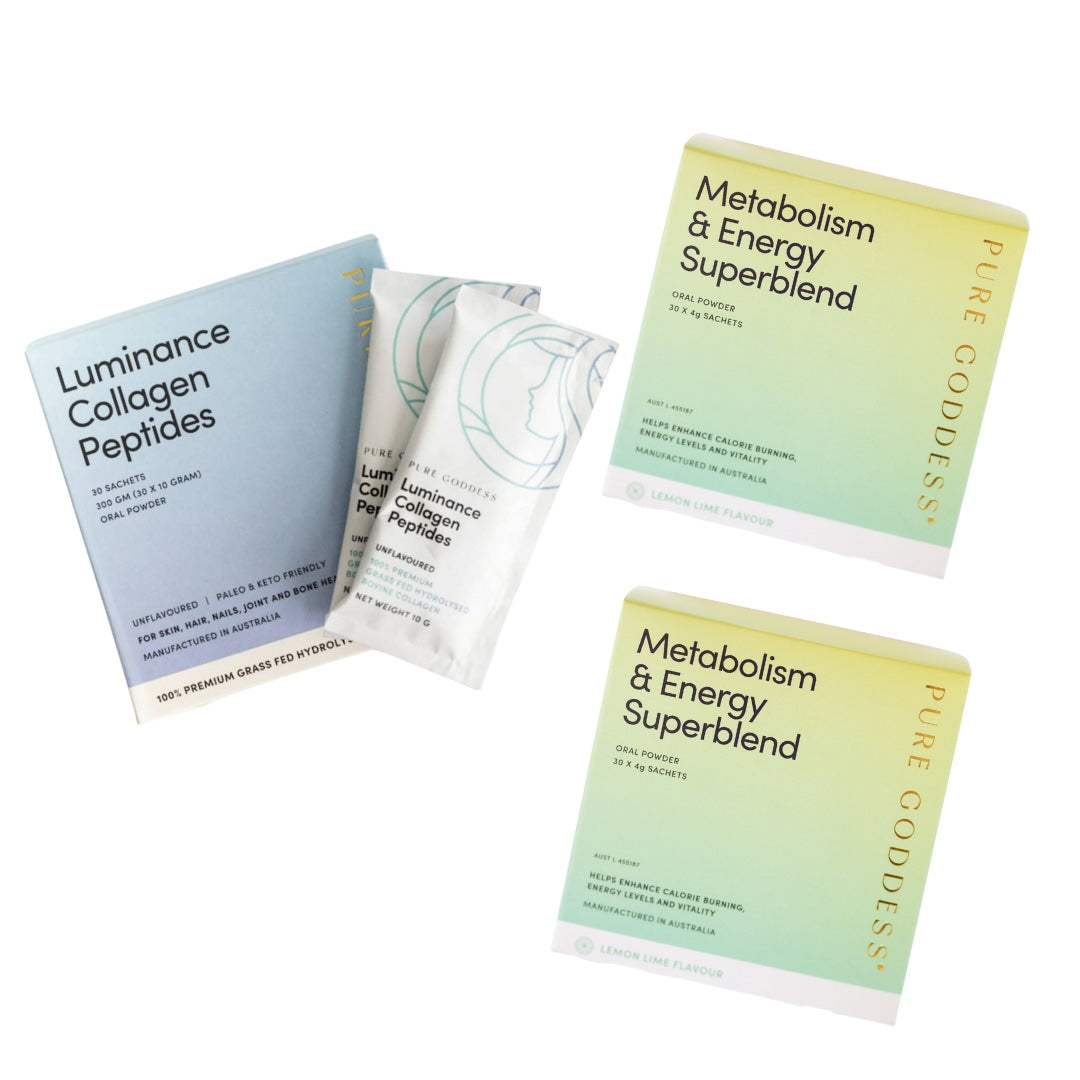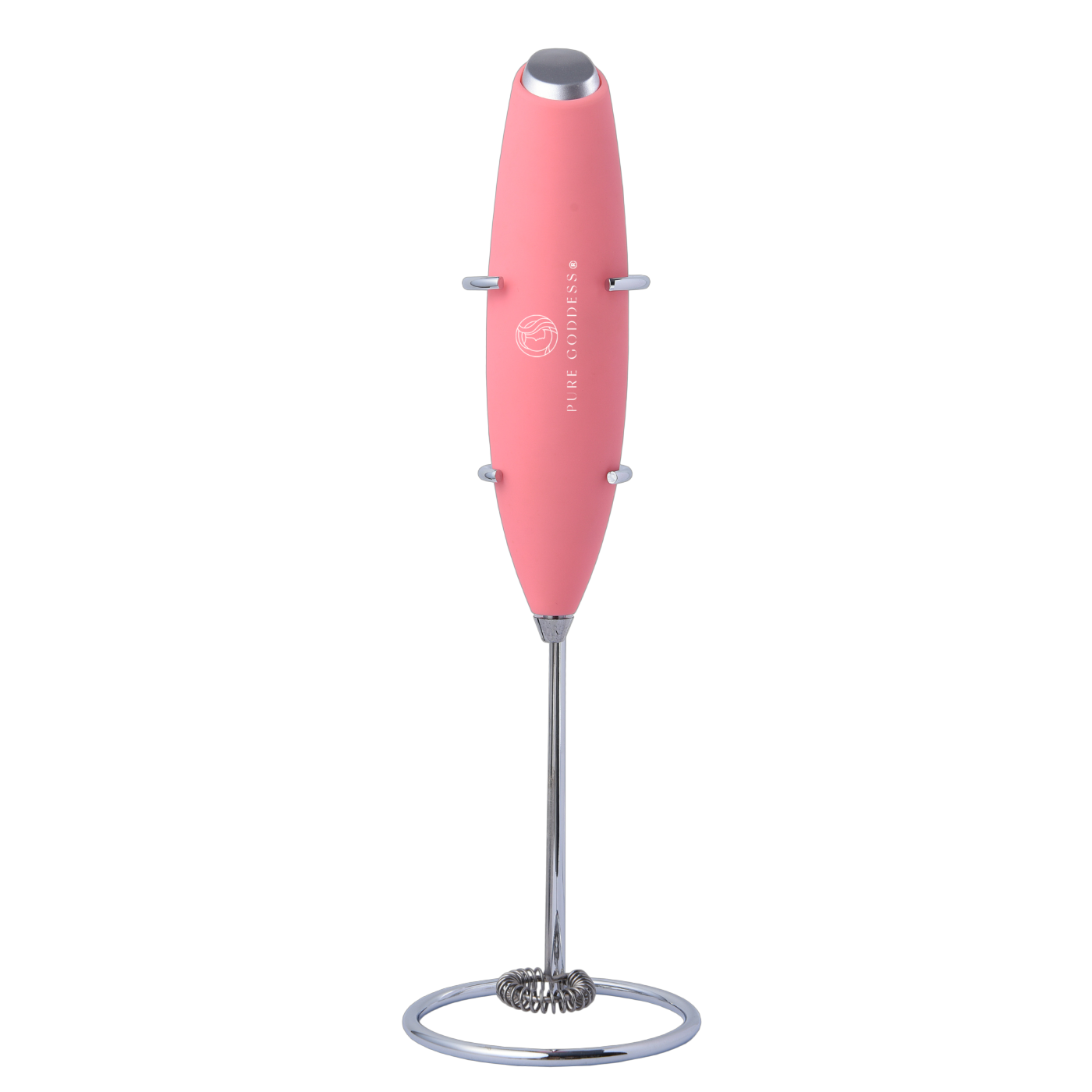How to Build a Midlife Morning Routine That Supports Your Hormones
If your mornings feel rushed, scattered, or like you’ve already lost the day before it’s begun, you’re not alone. For many women in their 40s and 50s, mornings have become more about survival than self-care.
But here’s the thing: the way you start your morning sets the tone for your hormones, your metabolism, your energy, and your mood for the entire day.
In midlife, when estrogen, progesterone, cortisol, and insulin are all recalibrating, your morning routine can be one of the most powerful tools you have to support balance and resilience.
This isn’t about perfection. It’s about building a routine that works with your body—not against it.
Let’s look at why mornings matter so much in midlife, and how to design a hormone-supportive morning routine that helps you feel more grounded, energised, and in control.
Why Your Morning Routine Matters More in Midlife
Hormones love rhythm. In fact, your body is governed by something called the circadian rhythm, an internal 24-hour clock that influences everything from cortisol levels and blood sugar to digestion, mood, and sleep.
In your 20s and 30s, your body could compensate for poor habits like skipping breakfast, drinking too much coffee, or flying out the door in a panic. But in your 40s and beyond? Hormonal shifts mean you need to be more intentional.
In midlife, your cortisol is more sensitive, your insulin response is less forgiving, and your nervous system is more easily overstimulated. When you start your morning in a reactive, cortisol-spiking way, it can throw off your entire day, and over time, worsen perimenopausal symptoms like fatigue, weight gain, anxiety, hot flushes, and brain fog.
Check out our Perimenopause Symptom Checker!
A supportive morning routine doesn’t have to be long or complicated, but it does need to be consistent and nourishing in the right ways.
1. Wake Up with Light (Not Your Phone)
Your circadian rhythm is heavily influenced by light exposure. Getting natural sunlight within 30–60 minutes of waking helps regulate your cortisol and melatonin levels, setting you up for better energy during the day and better sleep at night.
Open your blinds, step onto the balcony, or go for a 10-minute walk, whatever gets your eyes exposed to daylight. Try not to reach for your phone first thing. That blue light and cortisol spike can set off a stress response before your feet even hit the floor.
If it’s dark in the morning, consider using a sunrise alarm clock or full-spectrum light box to mimic natural light.
2. Hydrate Before You Caffeinate
After 7–8 hours of sleep, your body is dehydrated. Even mild dehydration can increase fatigue, worsen brain fog, and make it harder for your liver to detox excess estrogen.
Before coffee or tea, start with a large glass of warm or room-temperature water. Bonus points if you add:
-
A squeeze of lemon (for liver support)
-
A pinch of sea salt (for adrenal support)
-
A scoop of collagen peptides (for skin, joints, bones, and gut health)
This simple habit helps kick-start your metabolism and supports hydration and hormone regulation before the day begins.
3. Eat a Blood Sugar, Balanced Breakfast
In midlife, what you eat first matters more than ever. Spiking your blood sugar early (hello toast and orange juice) sets you up for energy crashes, sugar cravings, mood dips, and cortisol swings.
A hormone-friendly breakfast includes:
-
Protein: at least 20–30 grams (eggs, Greek yogurt, protein powder)
-
Healthy fat: avocado, nuts, chia seeds, olive oil
-
Fiber or resistant starch: oats, seeds, psyllium, berries, or glucomannan
Example: A protein smoothie with collagen, chia seeds, berries, nut butter, and a fiber booster like glucomannan (hello, Pure Goddess Superblend) is an ideal start.
Avoid skipping breakfast, which can backfire for women with low progesterone or high cortisol, especially in perimenopause.
4. Move Your Body (Gently or Strongly, Just Move It)
Movement first thing in the morning has been shown to improve insulin sensitivity, balance cortisol, and lift mood, all of which are essential in midlife.
This doesn’t have to mean an hour at the gym. Try:
-
A 20-minute walk or treadmill incline session
-
A short bodyweight strength workout
-
Gentle yoga, stretching, or Pilates
-
Rebounding or mobility work
The key is to move within an hour of waking, even if it’s just for 10 minutes. It signals to your body that you’re awake, safe, and ready to burn energy rather than store it.
Avoid overly intense cardio fasted first thing in the morning if your sleep has been poor or your adrenals are already taxed. Too much intensity at the wrong time can increase cortisol and drive hormone imbalance.
5. Breathe Before the Chaos
Even two minutes of intentional breathwork or stillness can dramatically affect your cortisol curve for the day. This is especially helpful if you’re waking with anxiety or dread.
Try:
-
Box breathing (4 seconds in, hold, 4 seconds out, hold)
-
Alternate nostril breathing
-
Gratitude journaling
-
A short meditation or affirmation
This helps regulate your nervous system and creates a calm, grounded energy to carry into your day, so you're responding, not reacting, to whatever comes.
6. Take Your Supplements Strategically
The morning is an ideal time to take supplements that support your hormonal health, energy, and mental clarity. These may include:
-
Collagen peptides: for gut, skin, joints, and bone health
-
Magnesium: if using for stress support or digestion (though many take this at night)
-
B-complex or methylated B12: to support mood and energy
-
Vitamin D3 + K2: especially if you don’t get much morning sun
-
Adaptogens (like ashwagandha or rhodiola): to support cortisol balance
-
Glucomannan or fiber blends: to support blood sugar and appetite control
Always take supplements with food, and choose high-quality, therapeutic-grade products that are dosed correctly, like those in the Pure Goddess range.
7. Minimise Chaos (and Choose Calm Over Hustle)
Let’s be honest: most midlife women are juggling a lot. Kids, ageing parents, partners, businesses, pets, and very little time for themselves.
While we can’t control every external stressor, we can choose how we buffer our mornings. That means reducing unnecessary noise, screens, or chaotic to-do lists first thing in the morning. Our 28 Day Pure Goddess Metabolic Reset E-Program can help with your meal planning.
Try:
-
Prepping clothes or meals the night before
-
Creating a simple checklist the night before so you don’t wake up overwhelmed
-
Playing music, lighting a candle, or doing your skincare mindfully before facing the day
A Sample Midlife Morning Routine for Hormone Support
Here’s how it might look in real life:
-
6:30am: Wake naturally or with sunrise alarm. Open blinds, drink 500ml water with collagen, lemon, and sea salt.
-
6:45am: Go for a walk or do 20 minutes of strength/yoga
-
7:15am: Quick breathwork or journaling (3–5 minutes)
-
7:30am: Protein-rich breakfast + supplements
-
8:00am: Shower, skincare, light makeup, soft music or a podcast
-
8:30am: Begin your day, calm, nourished, and grounded
Final Thoughts: Your Mornings Can Heal You
You don’t need a 90-minute ritual or an influencer-approved matcha routine to feel amazing in midlife. You need rhythm. You need nourishment. And most of all, you need to put yourself first, even if just for 15 minutes.
When you start your day in alignment with your hormones, not fighting against them, you create a ripple effect through your mood, metabolism, energy, sleep, and resilience.
Your mornings are medicine. And with a little intention, they can become the most powerful part of your day.
At Pure Goddess, we’re here to support every step of your midlife transformation. Whether it’s collagen, fiber, education, or real talk about hormones, we’ve got you.










Leave a comment
This site is protected by hCaptcha and the hCaptcha Privacy Policy and Terms of Service apply.